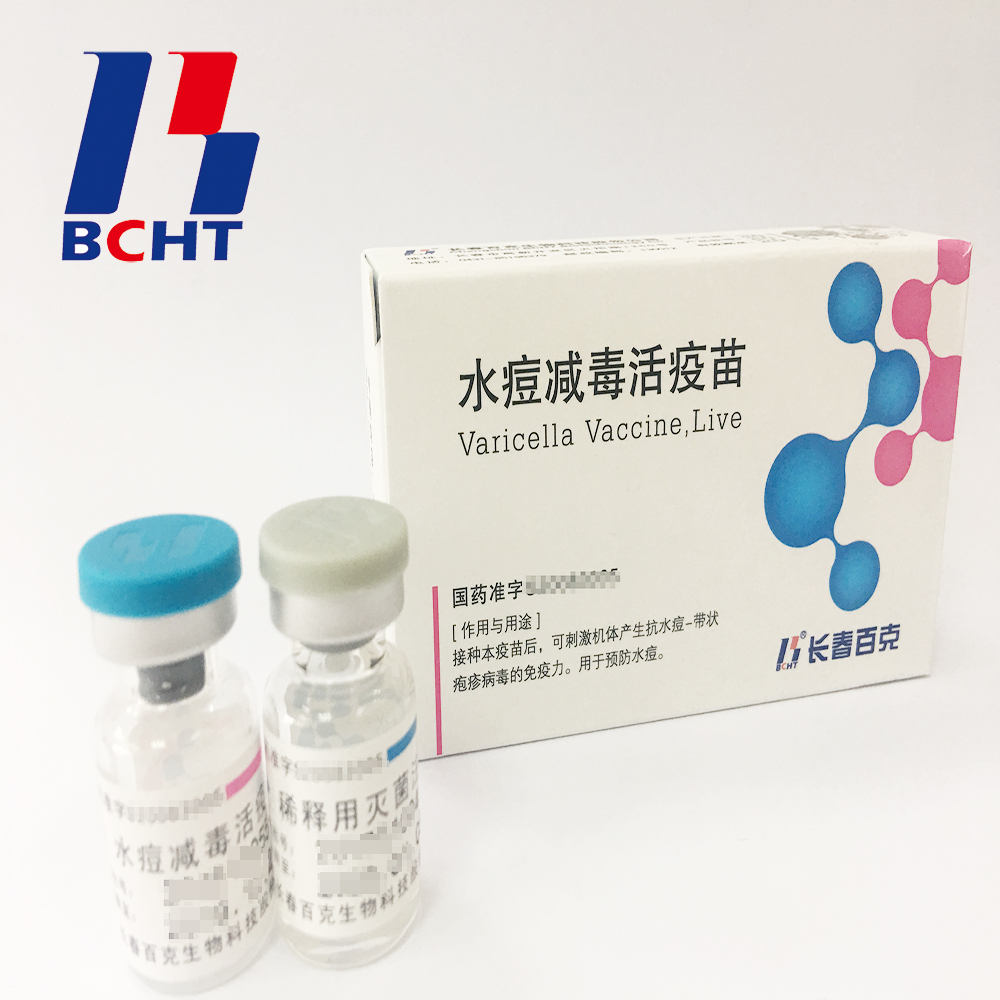Release date: 2009-08-03
At the American Association of Physicists in Medicine (AAPM), a team of nanomaterials scientists, medical physicists, and cancer biologists at the University of North Carolina showed the latest to the outside world. Research, a low-cost X-ray tube made up of pointed carbon nanotubes, is currently being developed by researchers to image human breast tissue, experimental animals, and cancer after radiotherapy, and to develop A method that is easier to control than conventional X-ray tubes to illuminate cells.
Typical X-ray machines currently used in hospitals are driven by a "hot" vacuum tube that dates back to the early 20th century. In this tube, a tungsten wire similar to a white paper bulb is heated to 1000 degrees Celsius, which causes the tungsten filament to release electrons, and the accelerated electrons knock down the anode target to produce X-rays. Since the impact generates a large amount of heat (the main form of energy consumption), the target requires water cooling.
The cold X-ray tube developed by Sha Chang, Otto Zhou and colleagues at the University of North Carolina replaced the tungsten wire with a small grass-like carbon nanotube. When there is a voltage, the tip of the nanotube instantaneously emits electrons. Chang said: "Everyone can think of each nanotube as a lightning rod on the top of a building. The high electric field at the tip of the lightning rod can attract the current from the cloud. Our carbon nanotubes use a similar principle when emitting electrons."
One of the characteristics of this type of carbon nanotube is that it can be turned on or off instantaneously, which makes it possible to synchronize with the device that monitors the breathing or heartbeat of small animals. Existing X-ray technology has difficulties in this respect, and it is difficult to compensate for the blur caused by the breathing of experimental animals. Currently, the research team used carbon nanotubes to build a micro-scanner and imaged the internal anatomy of laboratory small animals.
This nanotube device also enhances the quality and treatment of cancer imaging in humans. Using a sequence of multiple nanotube X-ray sources, mammography can be done in seconds. Chang said that the first clinical trial of a nanotube-based imaging system for high-speed image-guided radiotherapy will be conducted this summer. Shanghai Medical Device Industry Association
Bulk of varicella vaccine,semi-Finished Products.It has good safety with low ratio in adverse reaction. And it has been exported to Bangladesh.
In 2008, BCHT successfully launched its product Varicella Vaccine, Live in China. In the following years, BCHT continuously committed to improving the product and led in 2010 removal of gelatin from adjuvant and extended the vaccine shelf-life up to 36 months which is the longest one in the world in 2011. And it has the following qualities.

Biotechnology Bioproducts Preventive,Final Bulk Medicine Preventive,Final Bulk Pharmaceutical Preventive,Vaccine Biological Products Preventive
Changchun BCHT Biotechnology Co. , https://www.ccbcht.com